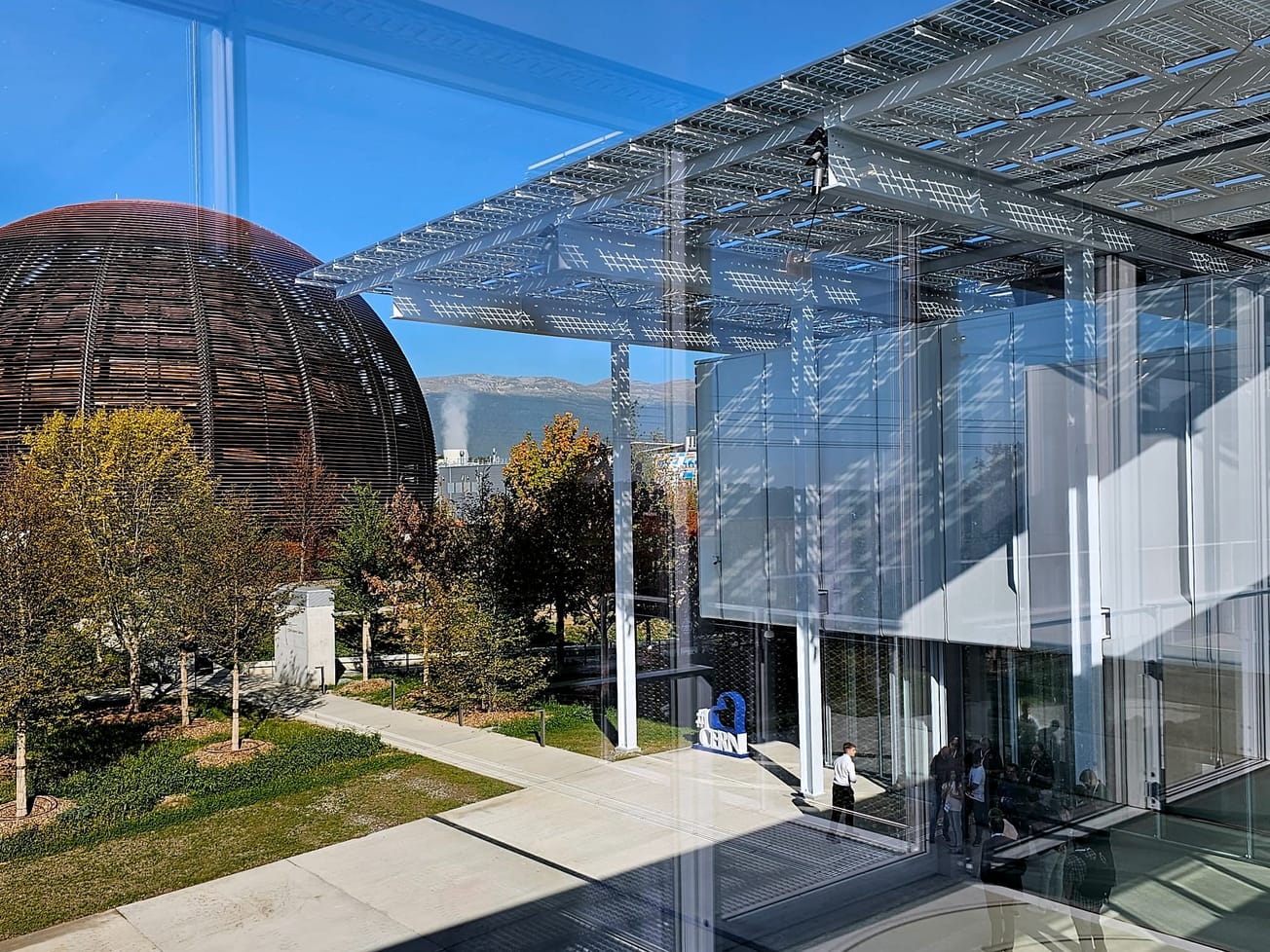GENEVA (AN) — Scientists cheered as the world's biggest and most powerful atom smasher started recording high-energy collisions at the unprecedented energy of 13.6 trillion electronvolts, raising the prospect of more discoveries about the universe’s fundamental properties.
The Large Hadron Collider's third years-long run known as 'Run 3' — its third time creating high-energy collisions of protons to investigate dark matter, antimatter and the creation of the universe since 2008 — began on Tuesday with its detectors once again recording those collisions between protons sent in opposite directions around its 27-kilometer ring in a vast complex on the Swiss-French border.









